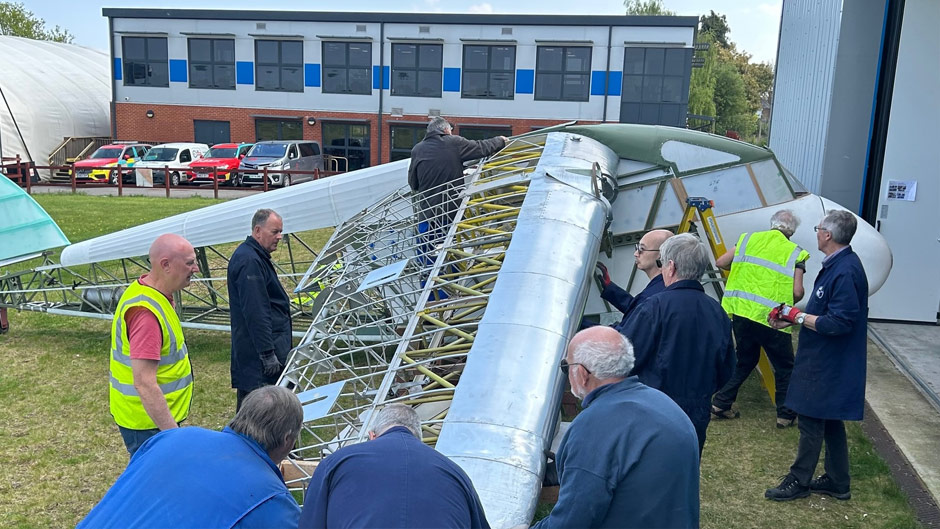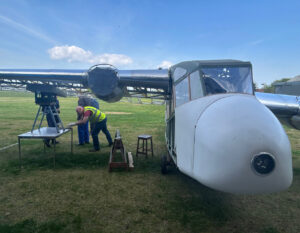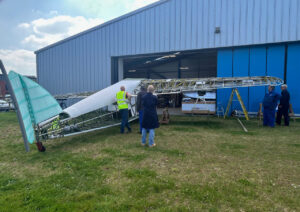The launch of the Rochester Bridge Trust’s free summer event, Floatplane, is just over three weeks away, and tickets have now been released for an additional evening lecture – which is also free to attend.
The summer activities revolve around the display of a restored historic floatplane in Rochester Cathedral for the month of August, and on Thursday, 7 August, the team behind the restoration will be explaining how they carried out their work.
Robin Heaps, Project Leader at Medway Aircraft Preservation Society Ltd (MAPSL), said: “When the Short Scion Floatplane G-AEZF arrived with us in 2014 she was in a very sorry state. Thanks to a grant from the Rochester Bridge Trust, our team of volunteers was able to get to work reviewing plans and fabricating new parts to gradually return the floatplane to her former glory.
“We’re looking forward to putting her on display inside Rochester Cathedral this August, and in this free talk we will be sharing our experience of the restoration with members of the public.”
The lecture will take place in Rochester Cathedral, at 6.30pm. Tickets are free but must be pre-booked by emailing events@rbt.org.uk or registering via Eventbrite.
MAPSL is a voluntary organisation formed of mostly retired engineers who put their skills to use on planes like the Short Scion. This work was supported by a £40,000 grant by the Rochester Bridge Trust, which is now celebrating completion of the project by displaying the plane inside Rochester Cathedral this summer.
Nicola Parks, Director of Charitable Projects at the Trust, said: “This has been a long-term project to restore a piece of Medway’s history. The plane was built in the former Short Brothers factory in Rochester, and we’re thrilled to be able to display it in Rochester for the whole community to see.
“The floatplane will be surrounded by free of charge, educational activities for all the family, with the aim of appealing to all generations, from older aviation historians to future engineers.”




